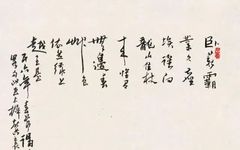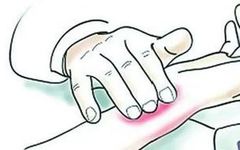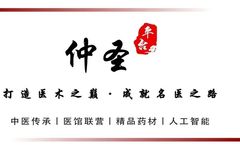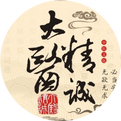Understanding the Differences Between Wind-Cold and Wind-Heat: A Guide for Frequent Cold Sufferers
Life TimesWeChatprovides authoritative and scientific health informationFollow us Colds are minor ailments, so minor that one doesn’t even need to go to the hospital; just taking some medicine can lead to recovery. However, there are times when even after taking medicine, the condition does not improve and may even worsen. The reason for this phenomenon … Read more










